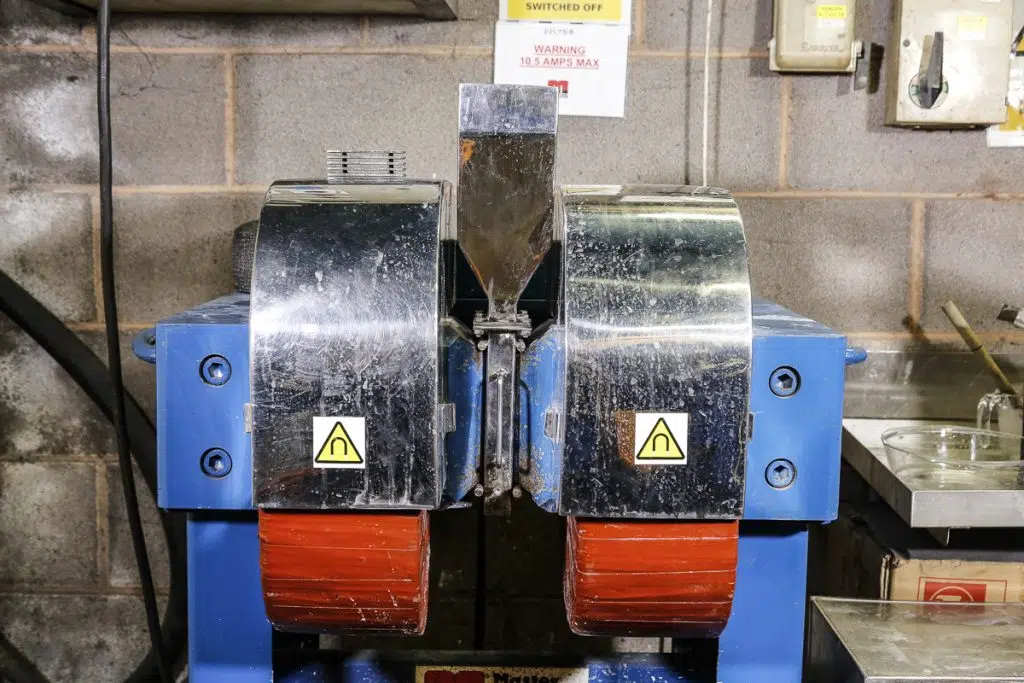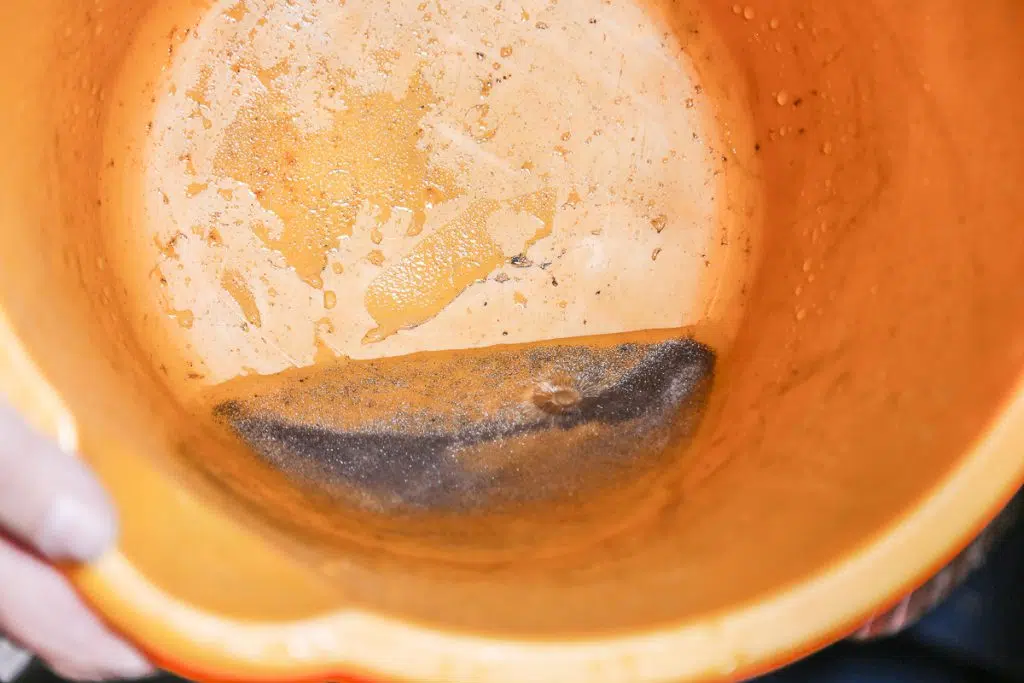Wet High Intensity Magnetic Separation Testing
By Paul Fears | 02 February 2021
The electromagnetic laboratory-scale Wet High Intensity Magnetic Separator (WHIMS) removes fine magnetics and para-magnetics from mineral slurries. Handling minerals in a slurry or suspension is preferable for many processors, especially when beneficiation involves wet processing. Additionally, a wet process often produces a better separation for very fine materials.
In this educational video, Professor Neil Rowson describes and demonstrates the laboratory-scale Wet High Intensity Magnetic Separator.
WHIMS Technology
The laboratory-scale Wet High Intensity Magnetic Separator (WHIMS) features two electromagnetic copper coils mounted either side of a canister housing a matrix, which captures magnetically-susceptible particles.
The electromagnetic coils project a manually controlled magnetic field of between 0-20,000 Gauss (0-2 Tesla) into the open gap of the canister housing the matrix. The level of magnetic field strength in the open gap is set in accordance with the separation objective and magnetic susceptibility of the minerals being processed. The magnetic field is intensified on the points of the matrix and there are various designs of matrix to suit different minerals applications and particle size ranges including:
- Wedge wire, with a high surface area, for applications such as iron ore processing where a large volume of magnetics are being removed;
- Expanded metal matrix, with sharp points that generate very high, localised points of magnetic intensity. This is suited for capturing fine and para magnetic particles such as found in silica sand and feldspar. This type of matrix tends to be used on mineral suspensions containing particles below 710 microns;
- Wire wool, with a very high number of sharp and, therefore, high-intensity capture points, and used when processing very fine materials (often < 2 microns) such as ultra-fine calcium carbonate, kaolin and clays;

In Operation
An initial evaluation of the test material determines the type of matrix and also the level of magnetic field required to meet the customers objectives. The magnetic field of the laboratory WHIMS is calibrated using the calibration graph (provided with each laboratory WHIMS). The graph shows the relative magnetic field (in Gauss) at different current levels (in Amps) with and without the matrix. The requisite level of Amps to project the required magnetic field is set on the control panel. As the magnetic field rises, the increased magnetic field strength and gradient enables the capture of weaker and para magnetic minerals.
Once the matrix and magnetic field test parameters are set, the laboratory WHIMS is activated with material gravity fed in a 15-20% w/w suspension through the central matrix. Any residual material in the feed container is washed out into the matrix using a known volume of wash water.
The non-magnetic minerals and the water flow through the matrix and are collected in a receptacle underneath. Magnetic particles are held in the matrix by the magnetic field. To remove a small proportion of non-magnetics potentially entrapped in the matrix, water is flushed through with the magnetic field still on.
The non-magnetics receptacle is then replaced for collection of the magnetics fraction. The magnetic field is turned off, which releases the magnetically trapped particles. The matrix is once again flushed through several times with water to ensure the matrix is empty.
Commonly, both samples are then dried before being analysed.
Versatile Laboratory Magnetic Separator
The laboratory-scale WHIMS is an extremely versatile high intensity magnetic separator used globally in mineral processing, ceramics, and by water treatment companies, as well as universities and research institutions. The laboratory-scale WHIMS is part of the extensive range of laboratory-scale magnetic separators manufactured and supplied by Bunting.

Related Mineral Processing Technical Articles
Magnetic separators – Mineral Processing Laboratory
At their Customer Experience Centre in Redditch, UK, Bunting has one of the most comprehensive magnetic separation mineral processing testing laboratories in the world. Their Laboratory Technicians have decades of experience in mineral processing. Controlled tests ensure that the most suitable and cost-effective machinery is recommended for each application.
The laboratory is equipment with a wide range of equipment including:
- Smaller scaled versions of industrial Magnetic Separators. This equipment is used to accurately scale up to industrial capacities and calculate performance guarantees;
- X-Ray Fluorescence and X-Ray Diffraction analysis are available for chemical assay and mineralogical identification to aid the development of a viable process route for each application;
For further information on our range of magnetic separation equipment designed for purifying ceramics and non-metallic minerals, or to arrange sample tests in our laboratory, please contact us on:
Email: Gordon Kerr at GKerr@buntingmagnetics.com
Telephone: +44 (0) 1527 65858
All photographs and video taken by Paul Fears Photography
To keep up to date with our news and technical reports, please follow us on social media
